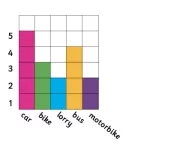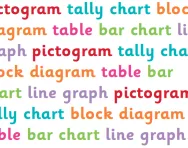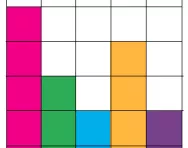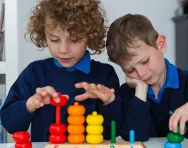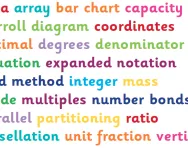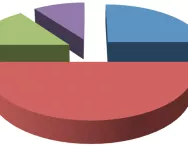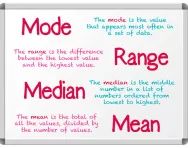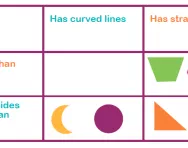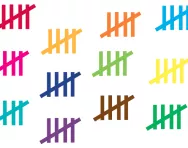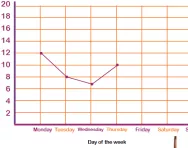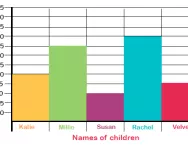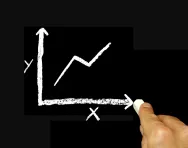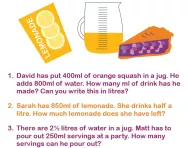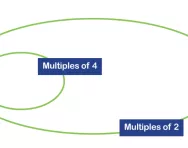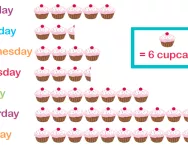Diagrams, tables and charts articles
Types of graphs
Graphs are a great tool for visualising and understanding data and they're also a key part of the National Curriculum. This article explains the different types of graph your child will learn about in their primary-school maths lessons and some ways you can help them at home.
Best maths story books for children
Introduce ratio, pie charts, probability and even simplifying fractions to children with these brilliant maths story books, picture-book presentations of mathematical concepts that primary-school children will love.
What is data handling?
From pictograms to line graphs, children learn a lot about collecting, organising and presenting data in primary school maths. We explain how data handling is taught in KS1 and KS2 and how you can help your child get to grips with basic statistics at home.
What is a block graph?
Block graphs are the first step in data handling and your KS1 child will learn to draw them, read them and use them to record information. We explain what you need to know about block diagrams and how they're used in the classroom.
SATs revision: your KS1 SATs maths helper
KS1 SATs are no longer compulsory, but some schools may still administer them and numeracy SATs can seem a daunting task for Year 2 children. There are loads of practical, fun ways to help them consolidate their classroom learning and make mathematical concepts (from number bonds to 3D shapes) real and easy to understand. Teacher Alice Hart shares her tips.
Primary numeracy glossary for parents
From area to word problems, TheSchoolRun's primary-school numeracy glossary offers a complete guide to all the maths concepts children are taught in EYFS, KS1 and KS2. Brush up on your own mathematical skills, clear up homework confusion and understand exactly what your child is learning at school by reading our basic definitions (with links to more detailed explanations, teachers' tips and examples).
How to draw and interpret pie charts
We explain what a pie chart is, how it is used to help us understand data and how children are taught to interpret pie charts.
What are mode, mean, median and range?
We explain the meaning of the terms mode, mean, median and range, with examples of how to find each of these from a set of numbers, as well as examples of the types of questions primary-school children might be asked when interpreting data sets.
What is a Carroll diagram?
We explain what a Carroll diagram is and how primary-school children are taught to use a Carroll diagram to sort data, such as a group of objects or numbers, methodically.
What is a tally chart?
We explain what a tally chart is and how children are taught to use a tally chart to collect data and interpret data on tally charts.
What is a line graph?
We explain what a line graph is and how children are taught to construct line graphs and answer questions on a line graph.
What is a bar chart?
We explain what a bar chart is and how children are taught to interpret a bar chart, produce their own bar charts on grid paper and on a computer, and produce bar charts with grouped discrete data.
What are coordinates?
We explain what coordinates are and how children are taught to read and plot coordinates on a grid.
What are axes?
We explain what axes are and how your child will be taught to use axes on pictograms, bar charts and graphs.
What are two-step and multi-step problems?
We explain what two-step and multi-step problems are and give examples of typical problems a child might be asked to solve in primary school (and how the answer can be worked out!).
What is a Venn diagram?
Venn diagrams are often used to sort data in primary school. Find out what parents need to know about how to complete and read a Venn diagram correctly, plus how they're used in the classroom in KS1 and KS2.
What is a pictogram?
Pictograms are introduced in Year 2 as a simple and engaging introduction to bar charts. We explain what your child needs to know about pictograms and how to read and create them, as well as explaining when and how they're taught.
